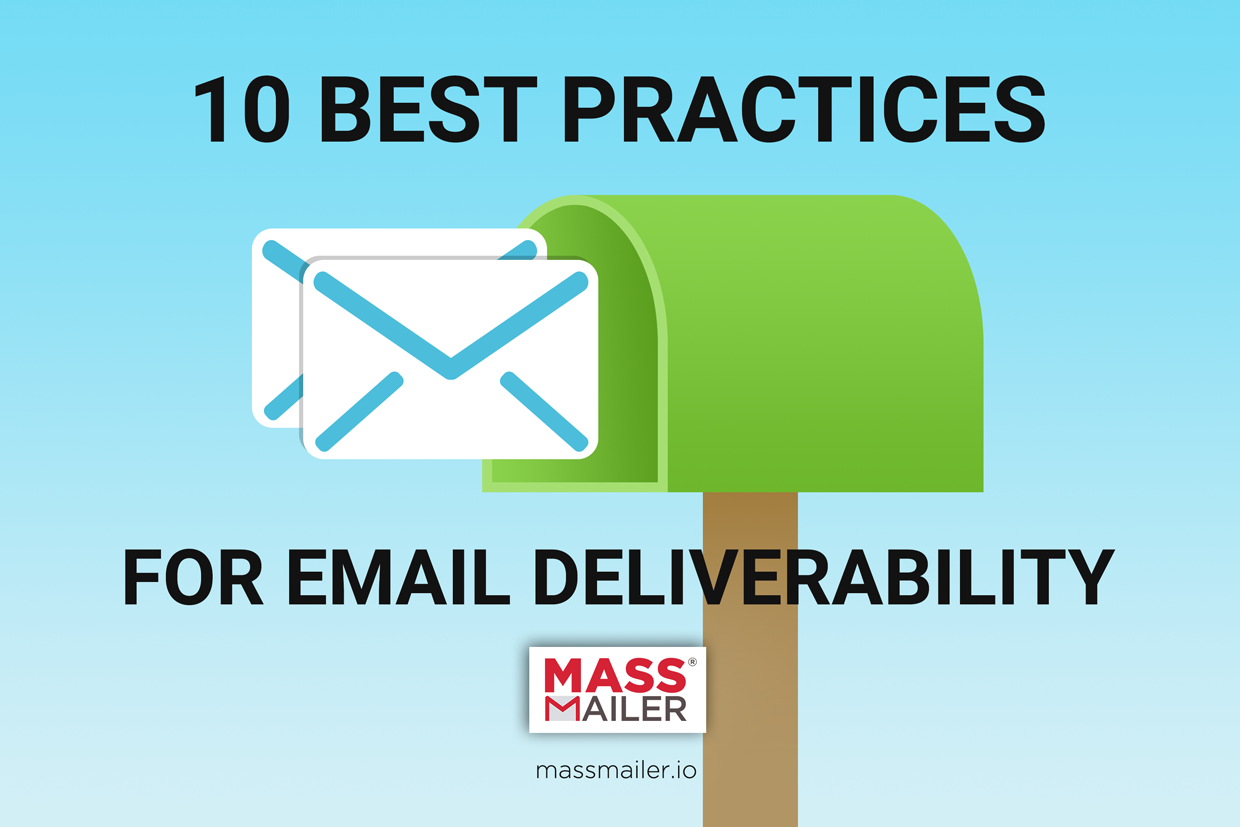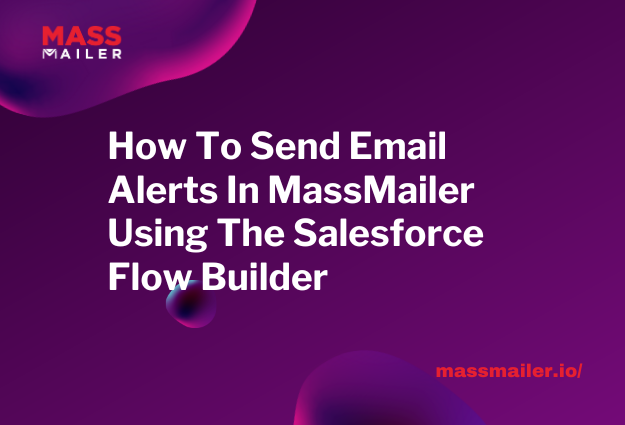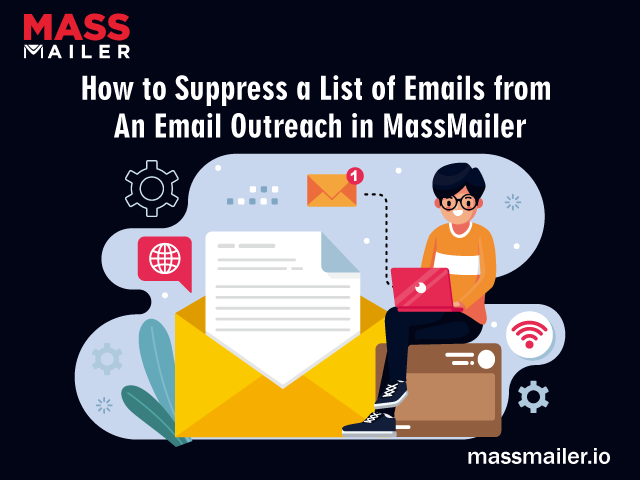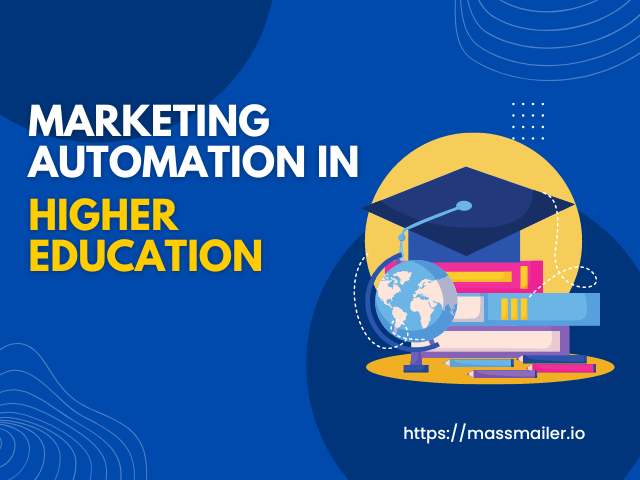Table of Contents
Improving upon your email deliverability isn’t just a way to enhance your marketing strategy it’s actually necessary if you want to avoid being blacklisted by spam filters. If you’ve found that your email deliverability has been reduced (or you just want to head problems off from the beginning), follow these 10 best practices.

1. Create professional, polished emails.
Most spam emails are riddled with spelling errors, bad grammar, and incorrect formatting. Professional emails can be built via templates through Salesforce email marketing, making emails less likely to get blocked or deleted.
2. Include custom content.
Content can be tailored to a customer and their behavior and past purchases, with eCommerce and CRM integration. This can be as simple as addressing a customer by name and as complex as suggesting them products that they would likely be interested in.
3. Track your email analytics.
Tracking emails are often done through tracked links and downloads. Tracking analytics is the only way to identify whether emails are actually being read. If bounce rates and engagement go down, there’s likely an issue with the emails that you’re sending. Salesforce campaigns can be tracked automatically with the help of products such as MassMailer.
4. Don’t rely on purchased email lists.
Email lists are not likely to host individuals who are interested in your product and many of the emails on the lists may be inactive and therefore bounce. Most email lists that are purchased from a vendor are going to have very low engagement with a new company and their product.
5. Obtain Dedicated IP address.
Invest in a dedicated IP address from email service providers like MassMailer. A private IP address will eventually build out its reputation but will also not be subject to blacklisting and bouncing caused by other individuals, as can happen on a shared IP address.
6. Make it easy to unsubscribe.
If users can’t unsubscribe they will either begin filtering out or rejecting emails, which means that your metrics will go down. A user who wants to unsubscribe is not likely to become a user who wants to make a purchase regardless.
7. Verify email addresses first.
Rather than requiring individuals to sign up for your mailing list, you should get them to willingly opt-in by providing value. Verifying email addresses during this process will ensure that emails aren’t bounced.
8. Keep file sizes down.
There are still email servers that will bounce back emails for being too large. If your email contains a lot of media, it’s possible that it’ll be rejected before even being downloaded. Make sure that your photos are optimized and that any large files such as videos are remotely hosted.
9. Frequently cull your lists.
If Salesforce email tracking shows low engagement, it’s time to go over your email lists and remove any email addresses that are being returned undeliverable or that have never even downloaded your emails. It’s likely that these email accounts are abandoned and will be throwing your success metrics off.
10. Don’t email too often.
Once a week is fine. Even once a day can be acceptable if you have timely information to share. But emailing customers multiple times a day is a surefire way to get blocked, which is going to simply bounce your emails back to you. Remember less is often more.
By following the above practices, you should be able to increase the quality of your email lists and improve upon your email deliverability as a whole. Remember: when it comes to email marketing, it’s about getting users engaged rather than simply trying to connect with as many users as possible.




